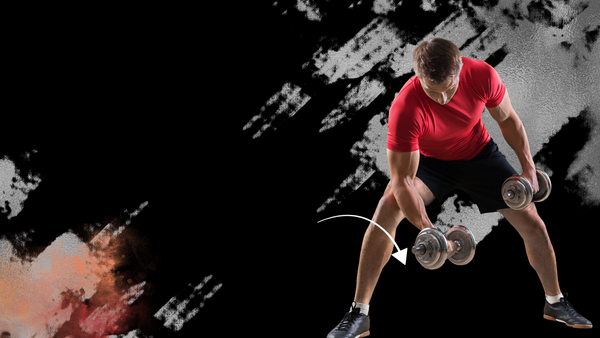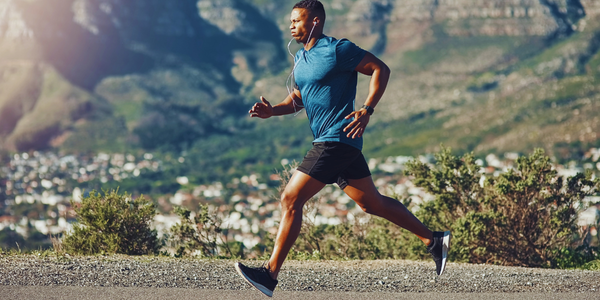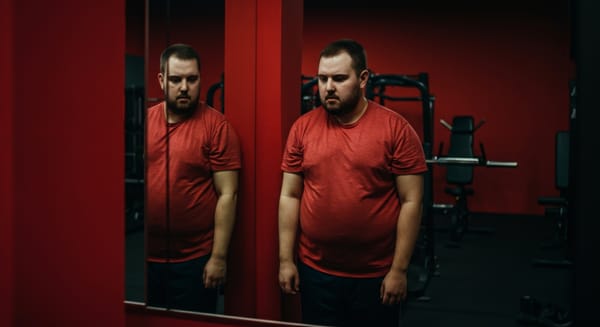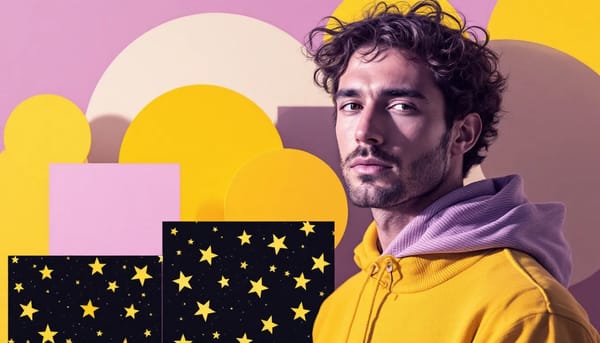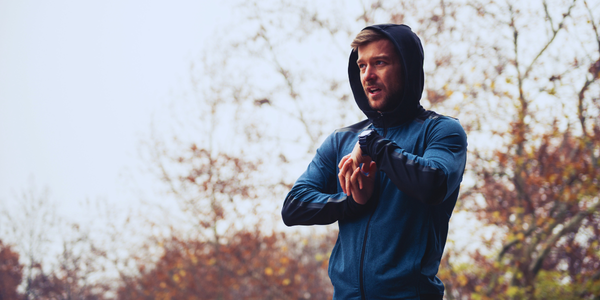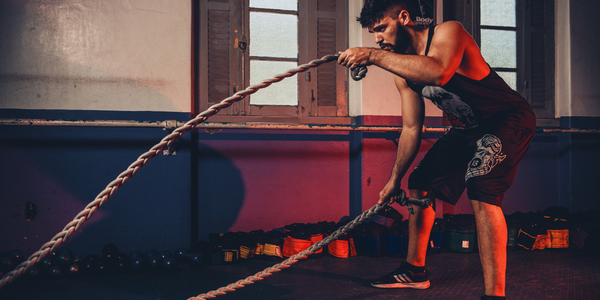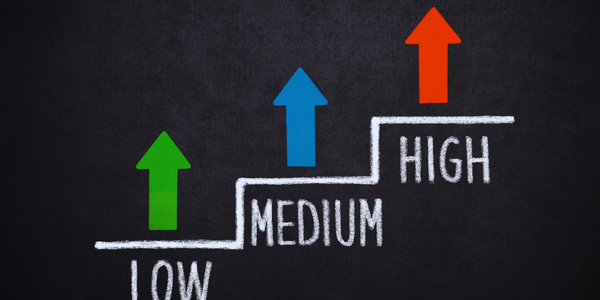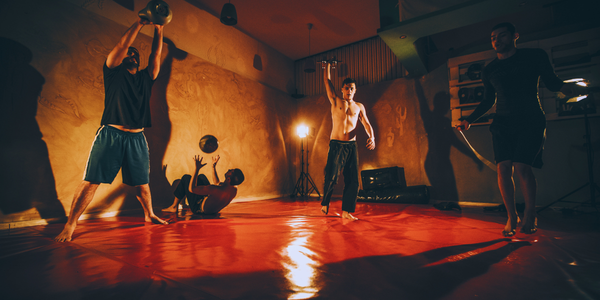
Wellness
11 Surprising Benefits of Almonds as Healthy Snacks
Almonds have earned their reputation as one of the most popular nutritious snacks worldwide. These small, nutrient-dense nuts are packed with vitamins, minerals, and beneficial compounds that support multiple aspects of human health. Each serving delivers a concentrated source of vitamin E, antioxidants, protein, fiber, and heart-healthy fats. The benefits




